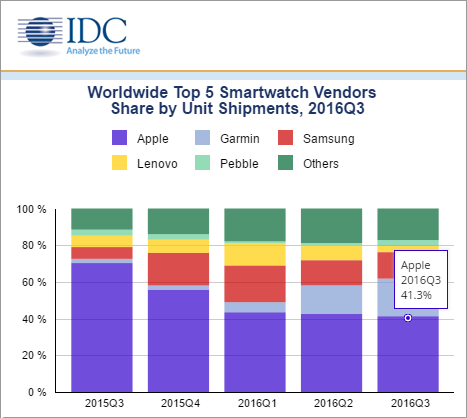The biggest thing I noticed was that the market they were targeting, was a fickle choice group.
What I mean by that is, the potential purchasing group is the “flavor of the day” kind of focus. There is a popular interest in a product that could look good on an individual and had some health benefits.
For Pebble, they were a small company that had come to the market with some real dollar competition. If they had come in 2012, it would have given them greater market exposure. Because that product they made is easily duplicated and its concept tweaked, knockoffs and even real competitors could give disposable income (even commodity expense - read milk, eggs, cereal, etc) customers choices that get Peeble lost in the crowd.
It was good that Best Buy became Pebble’s first major retailer to carry the product, but by then wearables were becoming know by the mass population. Citizen was right to offer the a large amount to them, because they had the marketing capacity to beat others to the stores and probably the manufacturing power to saturate the different retailers. Kickstarter companies must look at the buyout potential when a large company sees the value of their product. Letting go is tough when it is your “baby”, but what is the long term viability compared to a business seeing the “strike while the iron is hot” product that they want to sell. Tough call.
But just like fickle choice groups of old (read - Beenie Babies, Pet Rock, dress styles of each decade), the change of the market’s “new and hot” is pretty brutal on crowded niche product manufacturers.
Just look back at the last 12 months (even 18 months), Microsoft cancelled their Band (1st gen had breakdown of wrist band materials, looks not too appealing, 2nd gen became end of product line - I owned both), sales of iWatch down so badly that Apple kept the numbers buried in group totals (until just last week), Android fitness/smart watches are available in all sorts of configurations.
Pebble had a product that probably would have done well, if it was the first to market and then released other models to appeal to new and existing customers and became the standard that competitors would state “Just like a Pebble, only {insert comparison value here}”. Fitbit is that standard for fitness wearables and look at the model/product diversification they have.
EDIT: Corrected typing/spelling of Pebble

